In the midst of strategizing, we decide victories from thousands of miles away. Hello everyone, I am Lin Chao, a global financial market observer, focusing on cryptocurrency market analysis, bringing you the most in-depth trading information analysis and technical teaching.
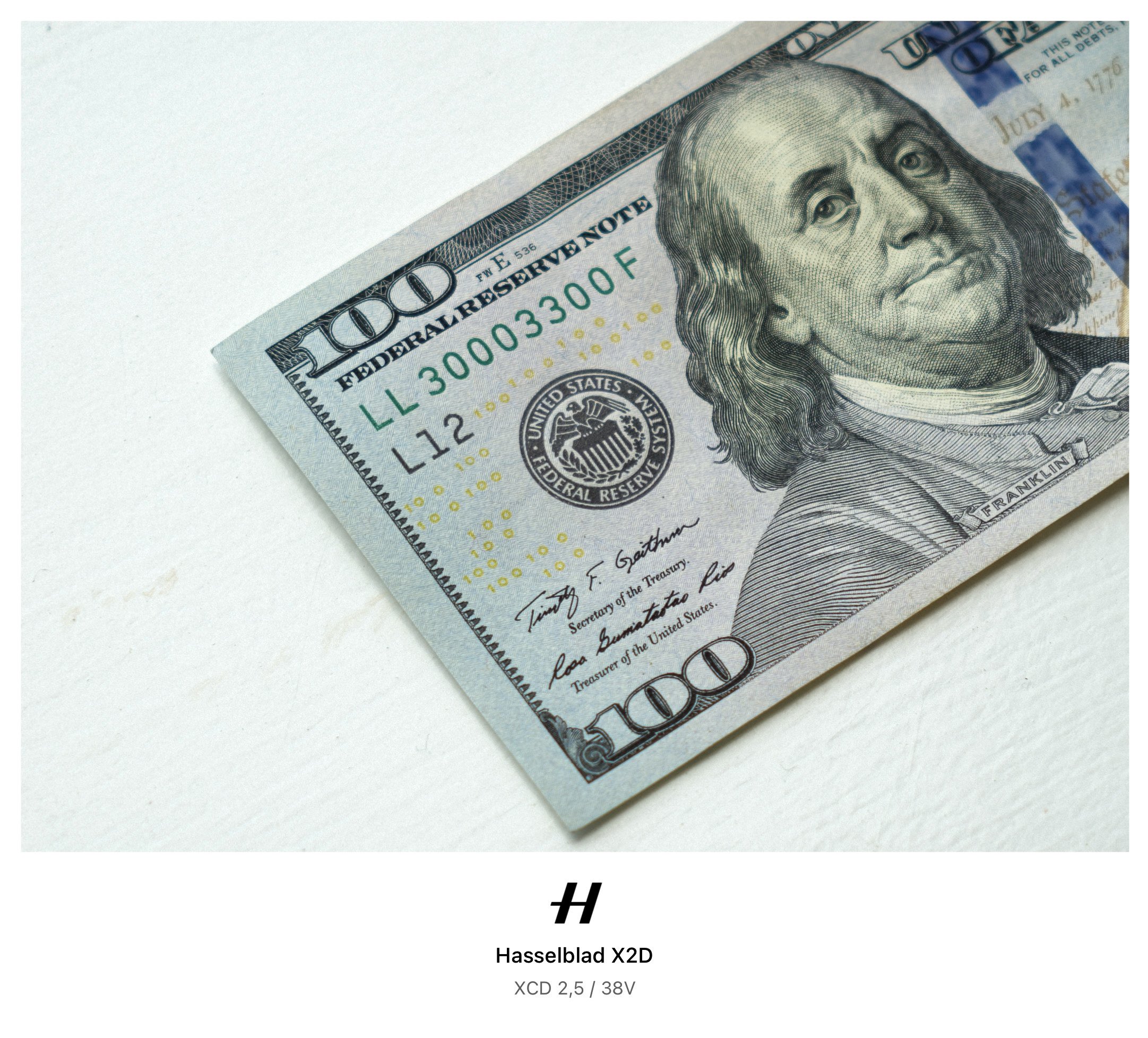
As we all know, the high volatility of cryptocurrencies, such as Bitcoin potentially experiencing a 10% price fluctuation in a short period, severely restricts their practicality as a daily payment tool. Stablecoins have emerged to anchor stable value targets such as fiat currencies or physical assets, effectively controlling price fluctuations while inheriting the core advantages of blockchain technology: speed, low cost, and cross-border convenience. This combination of "stability and blockchain characteristics" has established stablecoins as the infrastructure in the crypto market: for ordinary users, they serve as a reliable measure of value in crypto trading, avoiding risks brought by the volatility of the pricing unit; for cross-border traders, the significantly reduced costs (transaction fees as low as 0.1%, far below the 6.3% of traditional bank transfers) and near real-time transaction speeds explain why domestic internet companies like JD, Alibaba, and Tencent are competing for the Hong Kong stablecoin issuance market.
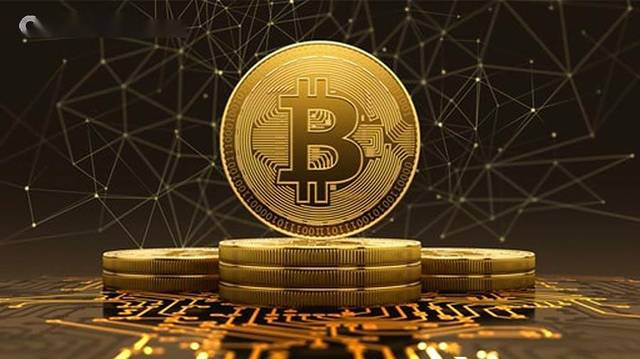
At the same time, for residents of high-inflation countries (like Argentina), holding USD stablecoins has become a means of preserving wealth against the risk of local currency devaluation. By 2025, the global stablecoin market size has reached $230 billion, with 99% being USD-pegged varieties, fully demonstrating its dominant position as the "hard currency" in the crypto ecosystem.
Currently, USDT and USDC account for over 86% of the total supply of stablecoins. Among them, USDT leads with a market share of 62.1%, followed closely by USDC at 24.2%. These two stablecoins play fundamental roles in different ecosystems, and Lin Chao believes that the development of USDC, in particular, will bring about structural changes to the current landscape of the crypto space.
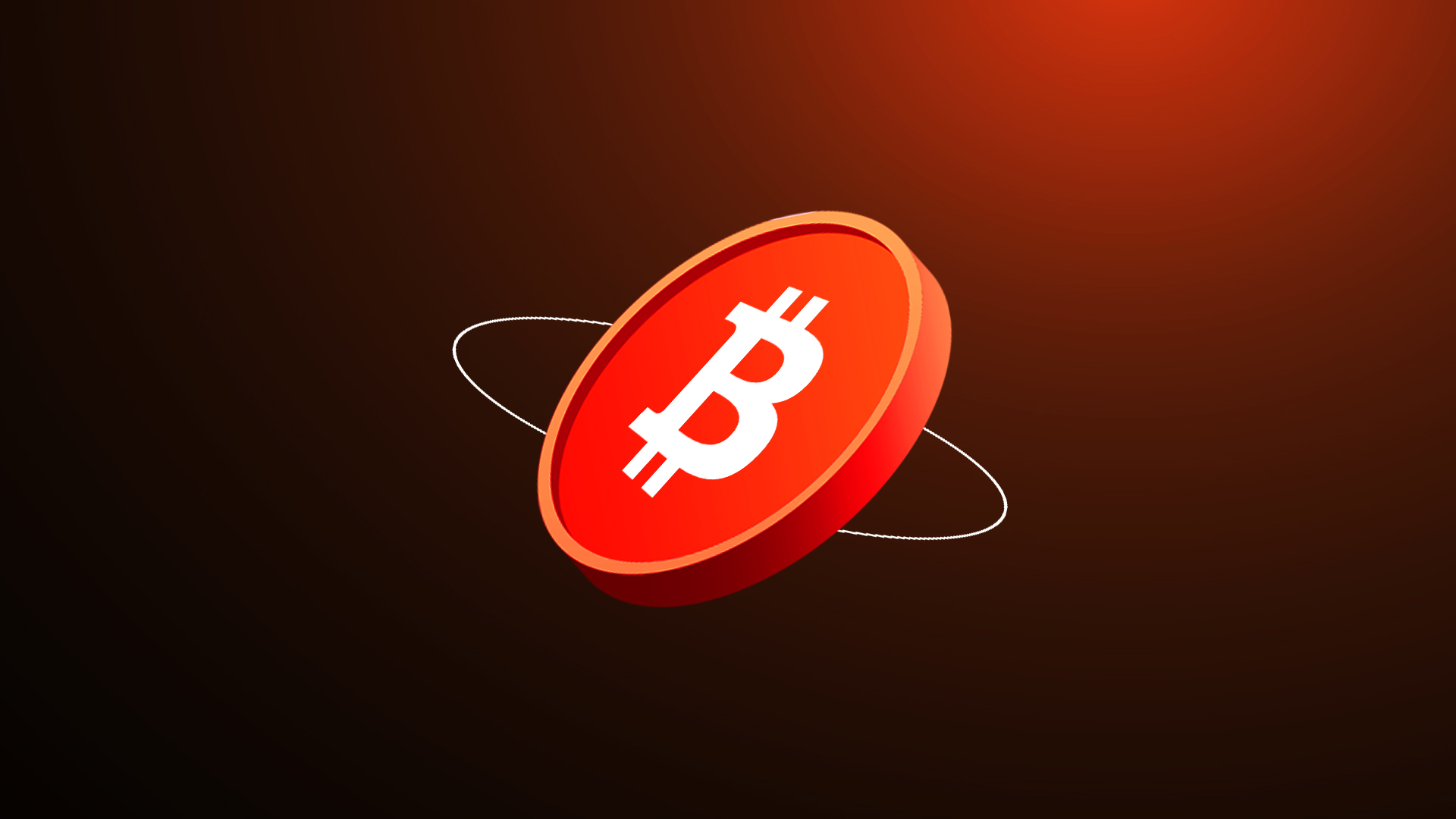
Circle is the sole issuer of USDC. With Circle's listing, the current circulating supply of USDC has reached a historic high of $61.2 billion. This scale reflects USDC's evolution from a simple transactional stablecoin to a recognized core financial instrument. Since 2021, the average daily trading volume has increased by 406%, jumping from $7.77 billion to $31.52 billion. Daily active users have rapidly grown at a compound annual growth rate (CAGR) of 142.92% since 2020, reflecting its rapid adoption across major ecosystems.
Coinbase is also a core partner of Circle: in 2024, Coinbase earned about 56% of USDC reserve income, which has become a major distribution cost for Circle. Nevertheless, the partnership is crucial for expanding the scale of USDC through Coinbase's products and ecosystem. It is expected that by the end of 2025, the total reserve income generated by USDC could reach $2.44 billion. Lin Chao has also found from on-chain data that if the current market dynamics remain unchanged, this income scale could rise to $9.15 billion by 2029.
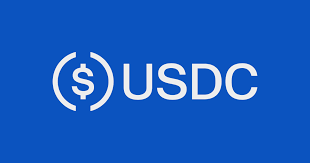
On the Binance platform, USDT dominates with a supply of $18.9 billion, while USDC's supply is only $5.81 billion, about one-third of USDT. However, in terms of trading volume, the gap nearly disappears. In the past 30 days, USDT's trading volume was $44.8 billion, while USDC reached $38.7 billion, trailing by only 13.6%. The results show that the velocity of USDC funds is 2.81 times that of USDT, meaning that each dollar of USDC is traded nearly three times as frequently as USDT. This indicates that USDC has faster liquidity and higher utility, showcasing a deeper on-chain value.
At the same time, starting in May 2024, USDC accounted for 99.5% of stablecoin trading volume on Solana. Even by December, when ecosystem activity became somewhat dispersed, USDC still maintained a 96% market share. It is well known that Binance has a high proportion of overseas users, accounting for 80%. With Circle's listing and USDC being recognized by American regulators, Coinbase will seize this opportunity to capture Binance's overseas trading user base, which will inevitably lead to significant fluctuations in the price of platform tokens represented by BNB.

Lin Chao's Summary
As the global regulatory framework gradually improves, cryptocurrency trading is slowly being recognized by various national authorities. The U.S. "GENIUS Act" establishes a regulatory framework for USD stablecoins, requiring 1:1 reserves (in USD or U.S. Treasury bonds), while Hong Kong's "Stablecoin Regulation" implements a licensing system, setting a paid-in capital threshold (not less than 25 million HKD) and reserve asset isolation requirements, attracting giants to layout and promoting the offshore application of RMB stablecoins; these developments highlight the formation of a global regulatory consensus, and the growth of crypto market capitalization is a foregone conclusion.
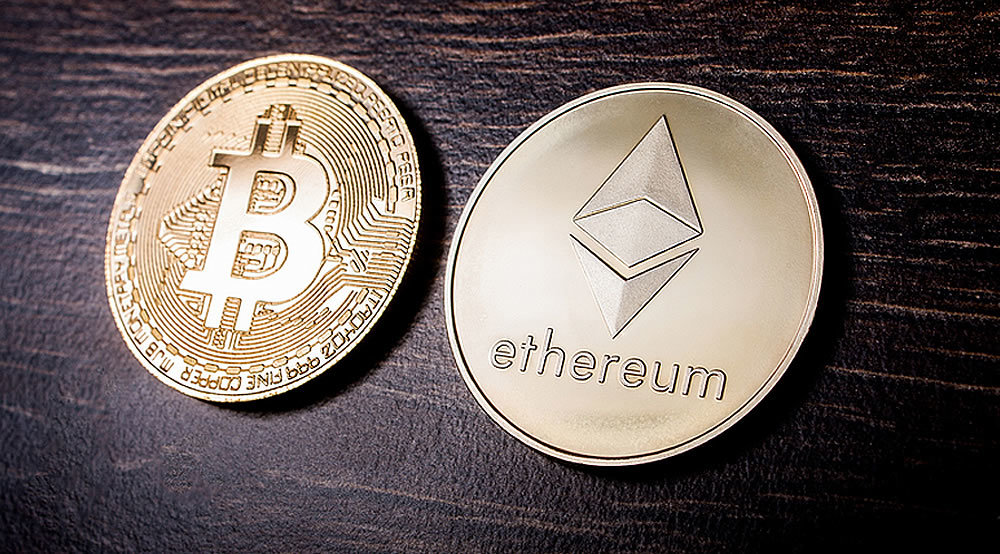
However, Lin Chao believes that the development of stablecoins still faces multiple severe challenges: first, the divergence of national positions (such as the U.S. strengthening dollar hegemony, Hong Kong positioning as a hub, and concerns from some countries about the loss of monetary sovereignty) may lead to barriers to cross-border use. Second, there is a trust risk. Fiat-backed stablecoins highly depend on the transparency and sufficiency of the issuer's reserve assets; previously, USDT's reserve assets were questioned, and although it is also pegged to the dollar, the quantity could not be confirmed. Any audit flaws or insufficient reserves could trigger market panic and runs. Third, there are limitations in real-world application scenarios. Although payment institutions (like Mastercard) provide some support, the adoption rate of stablecoins among offline merchants is extremely low, user habits have yet to form, and the costs and ease of use for scenario implementation remain obstacles to promotion.
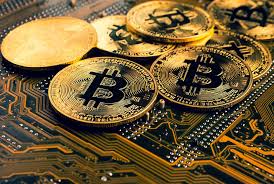
Looking ahead, stablecoins will play an increasingly important role as a "bridge" connecting the crypto market with traditional finance, promoting cross-border payments and inclusive finance. However, whether they can truly become the "dollar of the digital age" depends on three key factors: whether global regulation can effectively coordinate to avoid fragmentation; whether reserve assets can achieve continuous and thorough transparency to maintain trust; and whether technology and application scenarios can be deeply integrated to achieve convenience and popularity akin to mainstream electronic payments. For investors and users, choosing stablecoins with clear regulation and strong compliance can effectively reduce investment risks. However, as regulatory efforts intensify, market volatility will also noticeably return to stability, and the countdown has begun for those hoping to turn their fortunes around in the crypto market; everyone should tread carefully.

The success of investment depends not only on choosing good targets but also on when to buy and sell. Preserving principal and making good asset allocations are essential for steady progress in the ocean of investments. Life is like a long river flowing into the sea; what determines victory or defeat is never the gains and losses of a single pass or moment, but the confluence of many rivers!
The global market is ever-changing, the world is a whole; follow Lin Chao to gain a top-tier global financial perspective.

For real-time consultation, feel free to follow the public account: Lin Chao on Cryptocurrency.
免责声明:本文章仅代表作者个人观点,不代表本平台的立场和观点。本文章仅供信息分享,不构成对任何人的任何投资建议。用户与作者之间的任何争议,与本平台无关。如网页中刊载的文章或图片涉及侵权,请提供相关的权利证明和身份证明发送邮件到support@aicoin.com,本平台相关工作人员将会进行核查。



